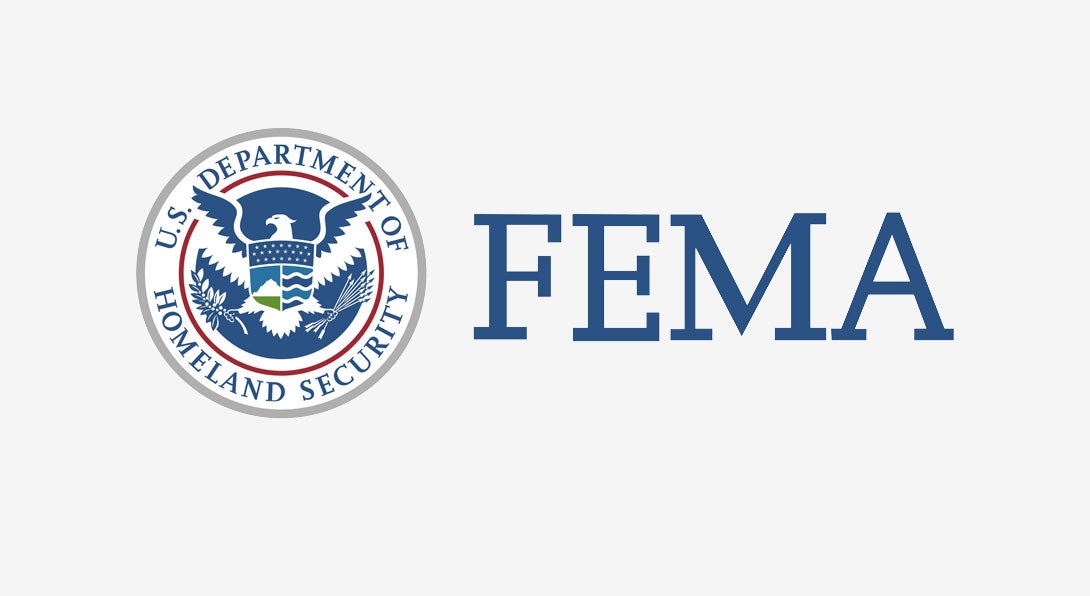Operational Standards

Department of Homeland Security - Federal Emergency Management Agency (FEMA)
To be effective and efficient, UIC aligns with the Federal Emergency Management Agency’s (FEMA) four (4) phases of emergency management, establishing the necessary capabilities to address all-hazards the university may encounter.
Mitigation
Mitigation activities are designed to prevent an emergency, reduce the chance of an emergency from happening, or reduce the damaging effects of unavoidable emergencies. Mitigation efforts occur both before and after disaster events. Post-disaster mitigation is part of the recovery process. Examples include:
- Safety Workshops and Town Hall Meetings
- Campus Safety Week
- Mental and Behavioral Health Support
- Waste Reduction and Recycling Programs
- Installation of Surveillance Cameras and Emergency Call Boxes
Preparedness
Actions taken before an emergency to prevent and protect life, property, programs, and systems used to support and enhance response to an emergency. Examples include:
- UIC Safe App
- Emergency Planning and Evacuation Drills
- Monthly Testing of the UIC Alert Notifications
- UIC Student Patrol
- Installation of Automated External Defibrillators (AEDs)
- Emergency Response Guidelines for Every Building and Classroom
- Business Continuity Planning
Response
Response includes activities and programs designed to address the immediate and short-term effects of the onset of an emergency. The response phase is designed to reduce casualties and damage, and to increase recovery time. Examples include:
- Timely Warning Notification through UIC Alert
- Activation of the Campus Incident Response Team and Campus Emergency Operations Center
- Protective Measures/Evacuation
- Resource Coordination/Support
- Remote Learning
Recovery
The Recovery phase seeks to restore and reconstruct vital services and provide for basic needs. Restorative actions are UIC’s ability to return to normal conditions or even improve conditions and an opportune time to institute mitigation measures. Examples include:
- Crisis Counseling
- Business Continuity and Restoration of Services
- Reconstruction of Damaged Areas/Buildings
- Damage Assessment
- After-Action Reports/Improvement Plans
National Incident Management System (NIMS)
UIC’s operations are guided by the National Incident Management System (NIMS) under Homeland Security Presidential Directive 5, as established by FEMA. NIMS provides a national framework enabling federal, state, local, and private sector non-governmental organizations to work together efficiently and effectively to prevent, prepare for, respond to, and recover from emergencies regardless of cause, size, or complexity.
Incident Command System (ICS)
Consistent with NIMS, UIC incorporates the basic structure of the Incident Command System (ICS). ICS is used nationwide for on-scene management of all-hazard incidents and events and allows for necessary adjustments and incorporation of support functions to meet the unique needs of the university. UIC uses NIMS for incident management, which includes:
- Modular Organization
- Incident Action Planning
- Span of Control
- Chain of Command and Unity of Command
UIC Community Lifelines
UIC utilizes Community Lifelines to highlight effectiveness in emergency operations and better position the university to respond to an incident. This construct allows UIC to characterize the incident, identify root causes or priority issue areas, and distinguish the highest priorities and most complex issues from other incident information. UIC will utilize Community Lifelines to drive resilience throughout Mitigation, Preparedness, Response, and Recovery.
- Mitigation – reducing lifeline vulnerability through risk decreasing activities
- Preparedness – reorganizing Threat & Hazard Identification and Risk Assessments by lifeline
- Response – assessing lifeline infrastructure during an incident
- Recovery – transitioning infrastructure back to a steady-state during and after the response
image
